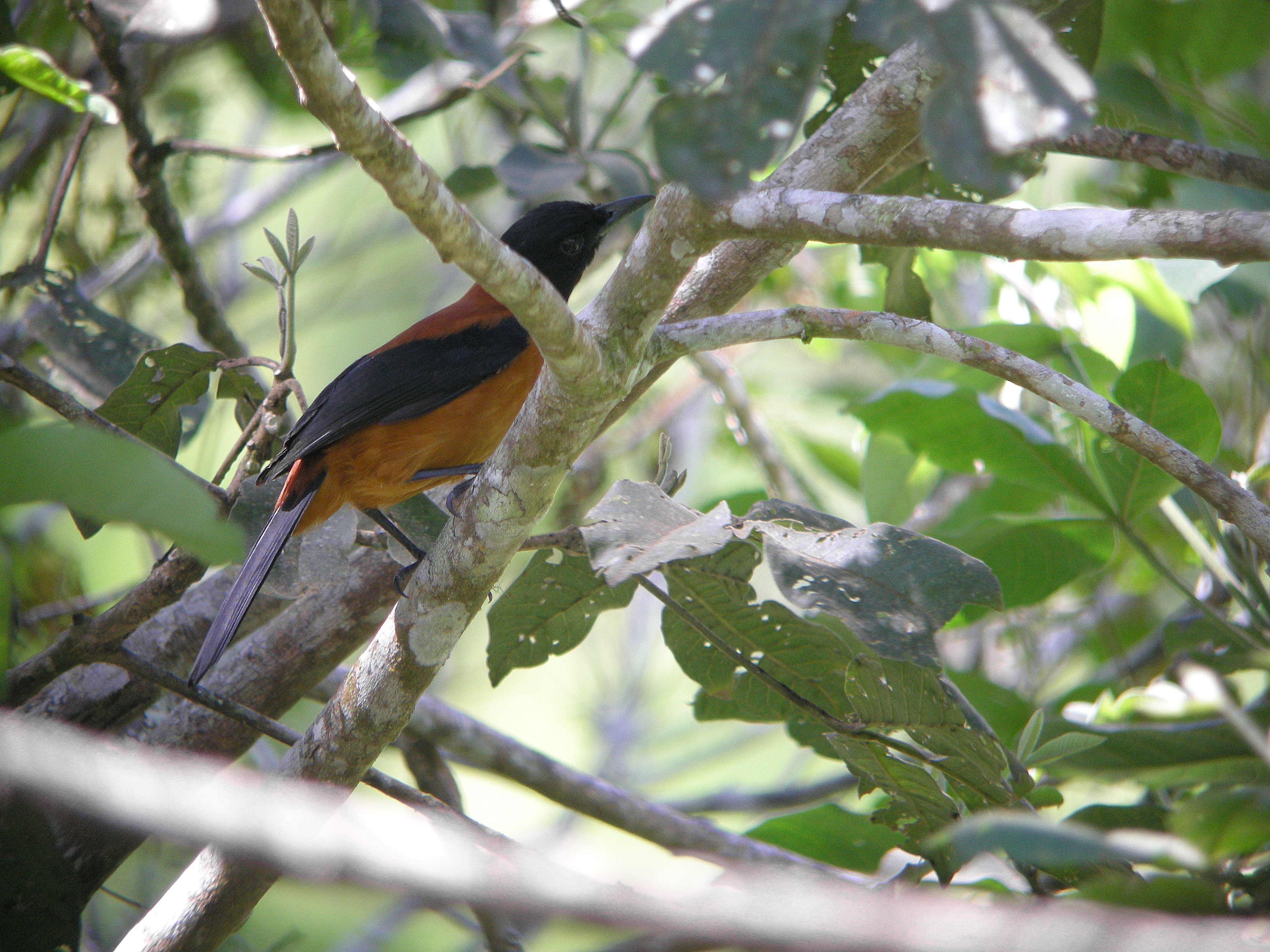Pitohui: The First and Only Toxic Bird on Earth


These birds are found in Papua New Guinea, belonging to the Pachycephalidae family. They have colorful plumage and are omnivorous. Locally, they are referred to as “rubbish” birds due to their distinct foul smell. Consuming the meat of this bird can be unpleasantly bitter and may cause illness.

To learn more about the Pitohui birds and their toxins, Jack Dumbacher sent some feathers of the species to John W. Daly at the National Institutes of Health, a leading scientist in natural toxins. In the 1960s, Daly had identified batrachotoxin as the poison in the toxic dart frog species in Colombia, and later, he found the same family of toxins in the feathers of Pitohui birds.

This was the first time scientists had discovered that this bird species harbored the toxic batrachotoxin (which causes paralysis, internal bleeding, organ destruction, and gradual death in victims). Currently, there are six species of Pitohui birds, with the most dangerous being the Hooded Pitohui.
The compounds called batrachotoxins (BTXs) are neurotoxic alkaloid steroids that disrupt the flow of sodium ions through channels in nerve and muscle membranes, causing tingling and burning at low concentrations and paralysis, cessation of heart, and death at higher concentrations. They are recognized as the most toxic compounds by weight in nature (over 250 times more toxic than strychnine).

Research later revealed that the Pitohui birds store the toxin both in their skin and feathers, as well as in their bones and internal organs, though at much lower concentrations than in toxic frogs. Interestingly, the batrachotoxin concentrations vary significantly between individuals and geographic regions.
The origin of the toxin within the bird’s body has been a subject of much debate among scientists, but the general consensus is that the birds do not produce the toxin themselves but acquire it from their diet, especially from a type of beetle called Choresine, which also contains this poison.
The reason why Pitohui possesses this toxicity is still not fully understood. Some scientists believe it may be a form of defense against predators or a result of consuming toxic prey. However, ongoing research continues to shed light on this intriguing phenomenon and its implications.



